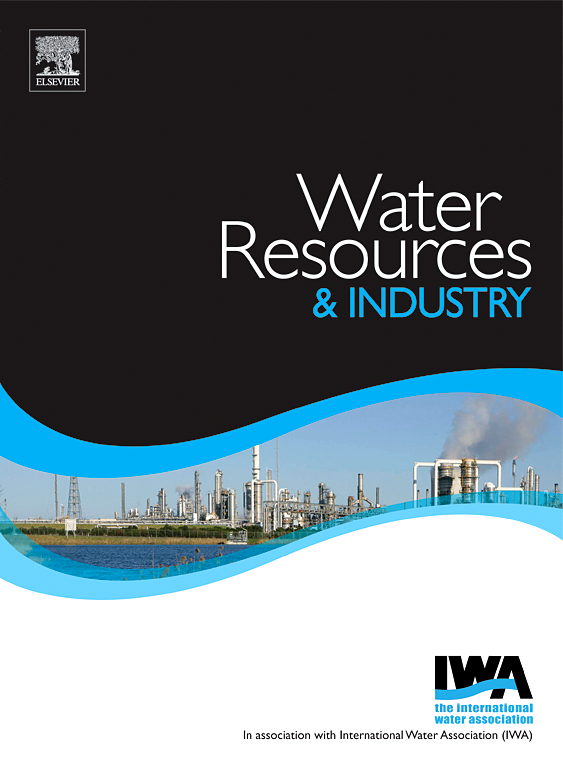Assessment of changes occurring in biochar/zeolite substrates used in the vegetation-activated sludge process in the treatment of leachate from landfills
IF 4.5
3区 工程技术
Q1 WATER RESOURCES
引用次数: 0
Abstract
Leachate management remains one of the key technological challenges in landfill operations. There is a growing need for methods that can effectively treat leachate directly at its source. One promising approach is the vegetation-activated sludge process (V-ASP), which integrates constructed wetlands with conventional activated sludge treatment. Given the limited research on V-ASP systems, this study explored the potential of low-cost adsorbent materials—zeolite and sunflower husk biochar—to enhance leachate treatment. The absorption properties of these materials in various V-ASP configurations were analysed using Fourier Transform Infrared Spectroscopy (FTIR) and scanning electron microscope (SEM) to better understand the mechanisms involved in pollutant removal. For most of the parameters analysed (Chemical Oxygen Demand, total nitrogen, organic nitrogen, total phosphorus, nitrites, sulfates, chlorides, Zn, Cu, Ni), the best reductions were achieved with zeolite substrates at a hydraulic retention time (HRT) of 14 days. Ammonium nitrogen removal was highly efficient, maintaining rates between 99 % and 99.8 % throughout the entire experimental period. Total nitrogen removal varied, with a minimum reduction of 13.1 % and a maximum of over 74 %. FTIR spectra confirmed alterations in the functional groups and surface characteristics of zeolite and biochar, evidenced by shifts in the bands of functional groups due to absorption. These findings could help improve leachate management strategies and aid in designing treatment systems that can be deployed directly at landfill sites.
求助全文
约1分钟内获得全文
求助全文
来源期刊

Water Resources and Industry
Social Sciences-Geography, Planning and Development
CiteScore
8.10
自引率
5.90%
发文量
23
审稿时长
75 days
期刊介绍:
Water Resources and Industry moves research to innovation by focusing on the role industry plays in the exploitation, management and treatment of water resources. Different industries use radically different water resources in their production processes, while they produce, treat and dispose a wide variety of wastewater qualities. Depending on the geographical location of the facilities, the impact on the local resources will vary, pre-empting the applicability of one single approach. The aims and scope of the journal include: -Industrial water footprint assessment - an evaluation of tools and methodologies -What constitutes good corporate governance and policy and how to evaluate water-related risk -What constitutes good stakeholder collaboration and engagement -New technologies enabling companies to better manage water resources -Integration of water and energy and of water treatment and production processes in industry
 求助内容:
求助内容: 应助结果提醒方式:
应助结果提醒方式:


